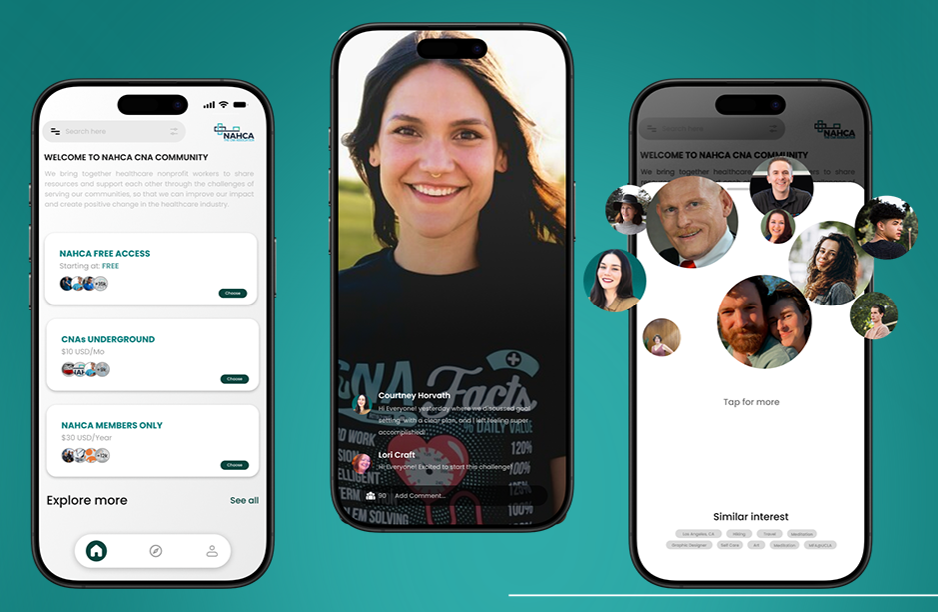April is Autism Awareness month. So you may see a blue porch light or multi-colored puzzle pieces, both of which have become symbols for autism support and awareness. These things are important because they get the conversation started. I begin with the history and doctors that discovered Autism, and how it shifted from just Autism to Autism Spectrum Disorder (ASD).
things are important because they get the conversation started. I begin with the history and doctors that discovered Autism, and how it shifted from just Autism to Autism Spectrum Disorder (ASD).
This history is important to understanding how we got here today. But I would prefer to tackle another day so that I can bring awareness by hopefully helping you understand where we are today with this disorder.
Autism Diagnosis and Symptoms
According to Autism Speaks, an Autism advocacy and support organization, ASD is a broad term of different neurological and developmental conditions. These conditions can range from challenges with social and communication skills to repetitive behaviors. The spectrum goes from one end, with mild symptoms, to the other end, with severe symptoms. You may hear terms like “low functioning” and “high functioning” in reference to the spectrum. No matter where someone falls on the spectrum, they have their own unique set of challenges, strengths, and unique personalities.
Autism can be detected as early as two years of age. The earlier they are diagnosed, the earlier they can start getting proper treatment. Early signs include not making eye contact and not being as engaged with others in an age-appropriate manner. Another sign is when someone does not respond to their name. As the child gets older, they may get upset easier or begin to repeat certain movements. These are just a few signs to look for.
Early Detection Key
If you suspect that your child may exhibit signs of ASD, notify your doctor right away. Many times a child has co-existing medical conditions that make diagnosis hard. It is important you have a qualified medical specialist, such as a neurologist, behavior pediatrician, or a psychiatrist, make the diagnosis. These types of doctors know the behavior to look for and will look at the child’s developmental history.
Here are some ASD facts to think about according to Autism Parenting Magazine.
- 1 in 44 children has been identified with ASD
- ASD is 4 times more likely in boys than in girls
- Although a child can be diagnosed as early as 2, the diagnosis usually isn’t until after 4
- ASD children are more likely to be bullied
- Children on the spectrum are 160 times more likely to drown than their peers that aren’t on the spectrum
- Of children with ASD
- 40% are non verbal
- 44% intellectual ability is average or above average
- 31% have an intellectual disability
ASD Controversy
We know ASD is on the rise but studies have not shown an exact answer. This has led to ASD being a controversial and not fully understood subject. A few of the more controversial theories on ASD is that it is caused by vaccinations or that doctors simply made ASD up to explain certain behaviors. Many find it controversial to refer to being on the spectrum as a disorder. They believe it should be called a condition.
Most experts believe the rise is in result to environmental changes and more knowledge of ASD. Some treatments for ASD are also controversial. Applied Behavior Analysis (ABA) is a common therapy used. Doctors also have certain medications they tend to prescribe to those with autism. Many groups claim ABA therapy and medications to treat ASD are useless and cause more harm.
Awareness Important
There are so many reasons to be aware of ASD. Those with ASD see the world differently, which isn’t a bad thing. I want people to know how a person with ASD lives because I have a very special person in my life with autism. My family has learned to view the world through my nephew’s eyes. Unfortunately I have had to watch my sister and brother in law fight for their child his whole life. Fight for a proper diagnosis, fight insurance companies to pay for the treatment he needs, and fight the discrimination he sees everyday. ASD has caused our family to have difficult times but it has also given us amazing memories.
What I know is there needs to be more guidance and support for families. There needs to be more education about ASD to the public. We can learn so much from these individuals on all ends of the Autism Spectrum. If you or your loved ones are struggling with ASD support I have listed some resources below.
Following are some additional resources about ASD:




